- Messages
- 10,562
- Location
- Bozeman, MT
 Gustin Vintage Heavyweight Sweatshirt - Natural Rainbow Nep - $119 Rugged 14oz cotton that gets better with every wear.
Gustin Vintage Heavyweight Sweatshirt - Natural Rainbow Nep - $119 Rugged 14oz cotton that gets better with every wear.  Grant Stone Diesel Boot Dark Olive Chromexcel - #395 Goodyear welted, Horween Chromexcel, classic good looks.
Grant Stone Diesel Boot Dark Olive Chromexcel - #395 Goodyear welted, Horween Chromexcel, classic good looks.  Himel Bros. - The Ross Mk. 1 Leather Jacket Classic D-pocket motorcycle/aviator style jacket.
Himel Bros. - The Ross Mk. 1 Leather Jacket Classic D-pocket motorcycle/aviator style jacket. 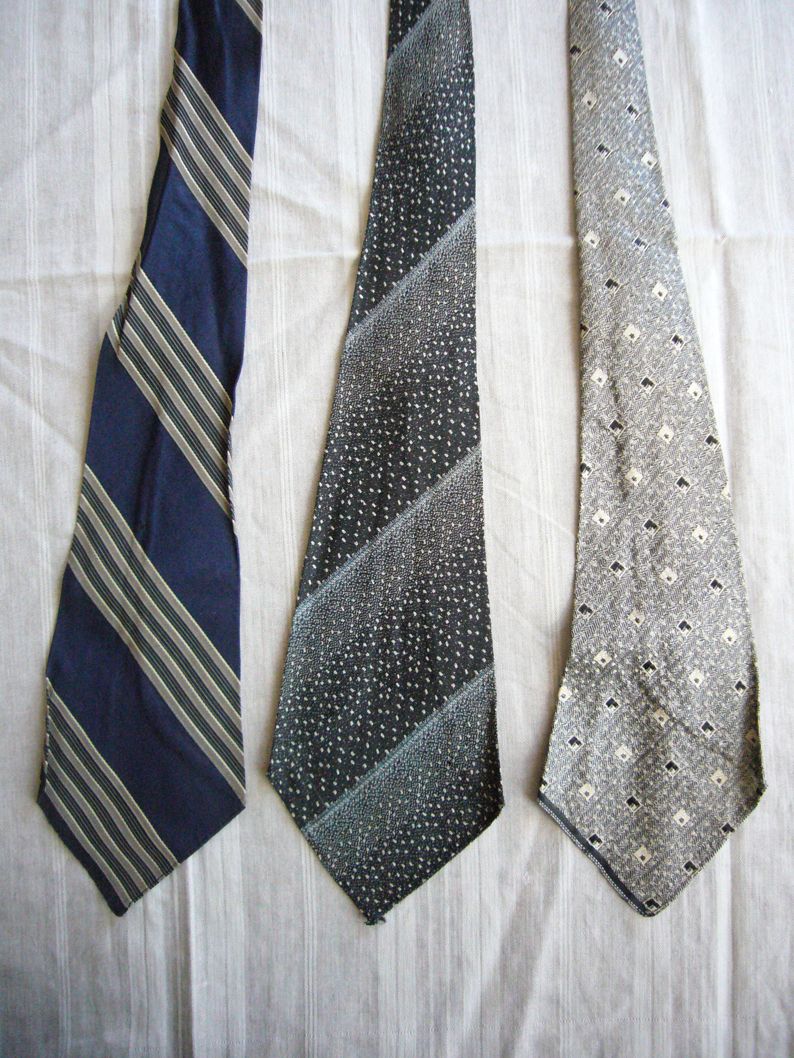
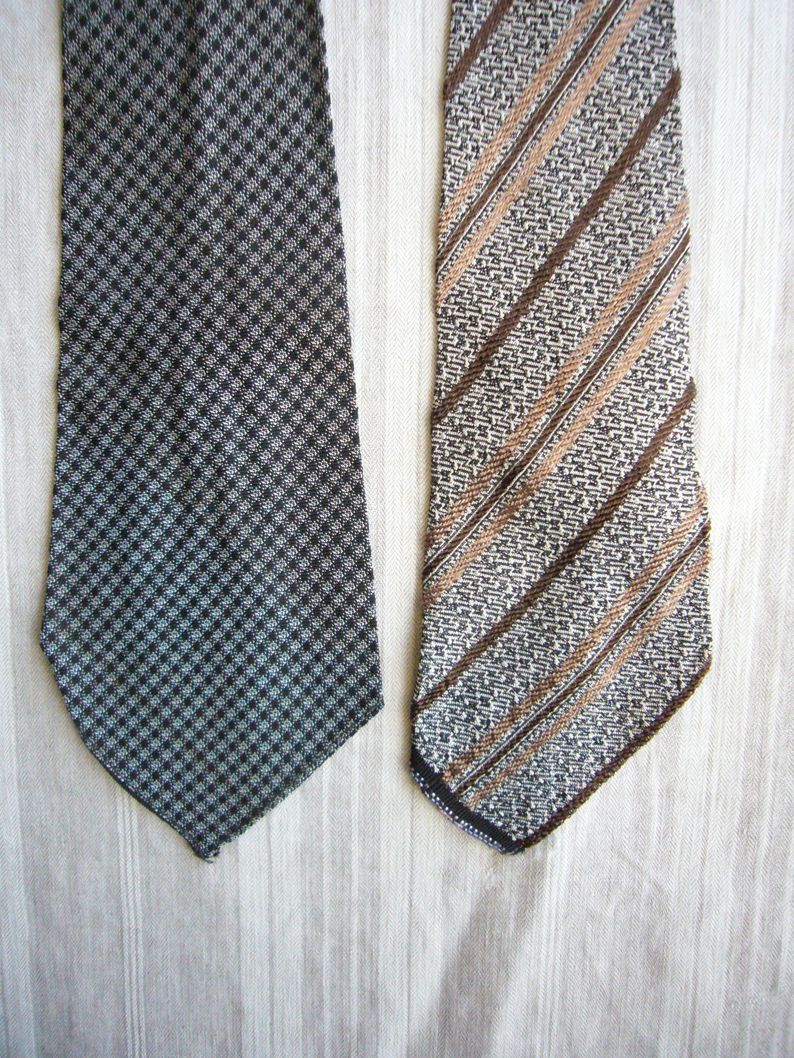
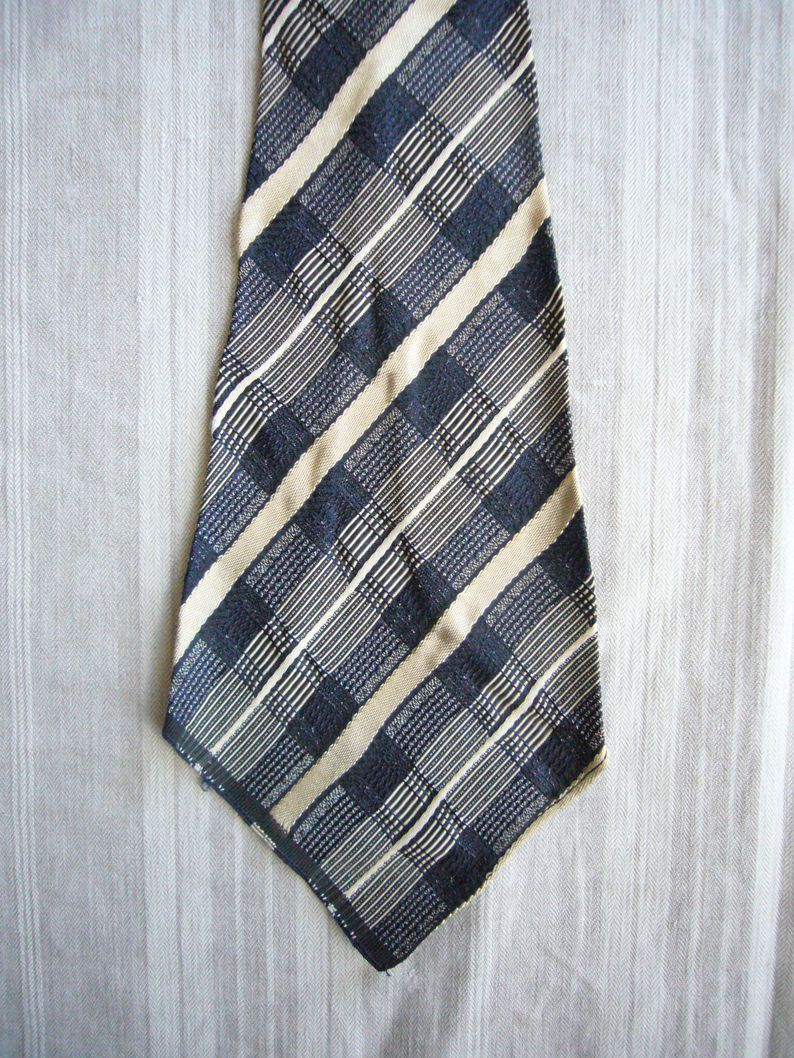


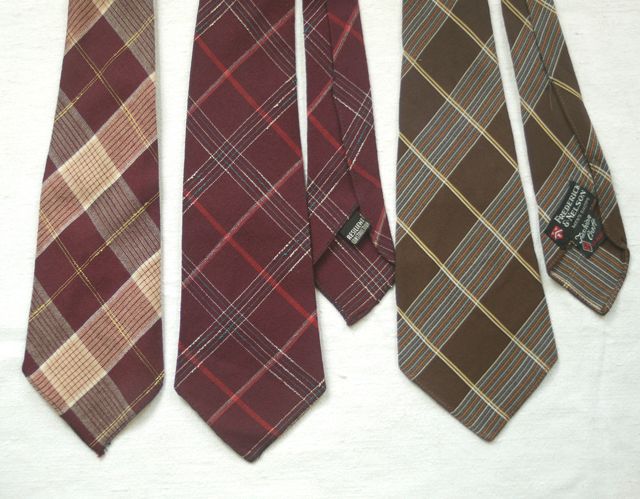



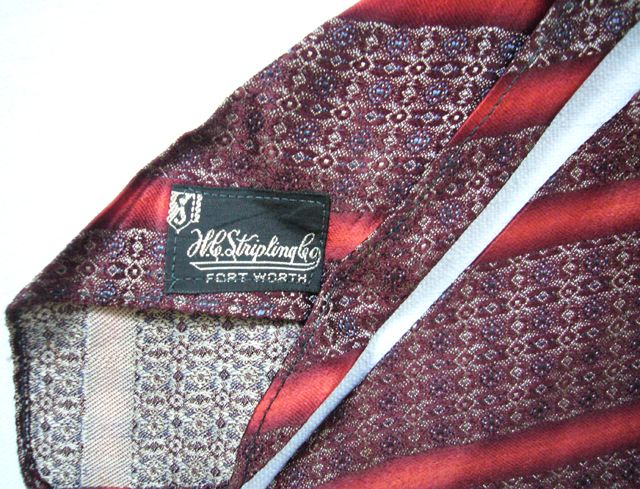


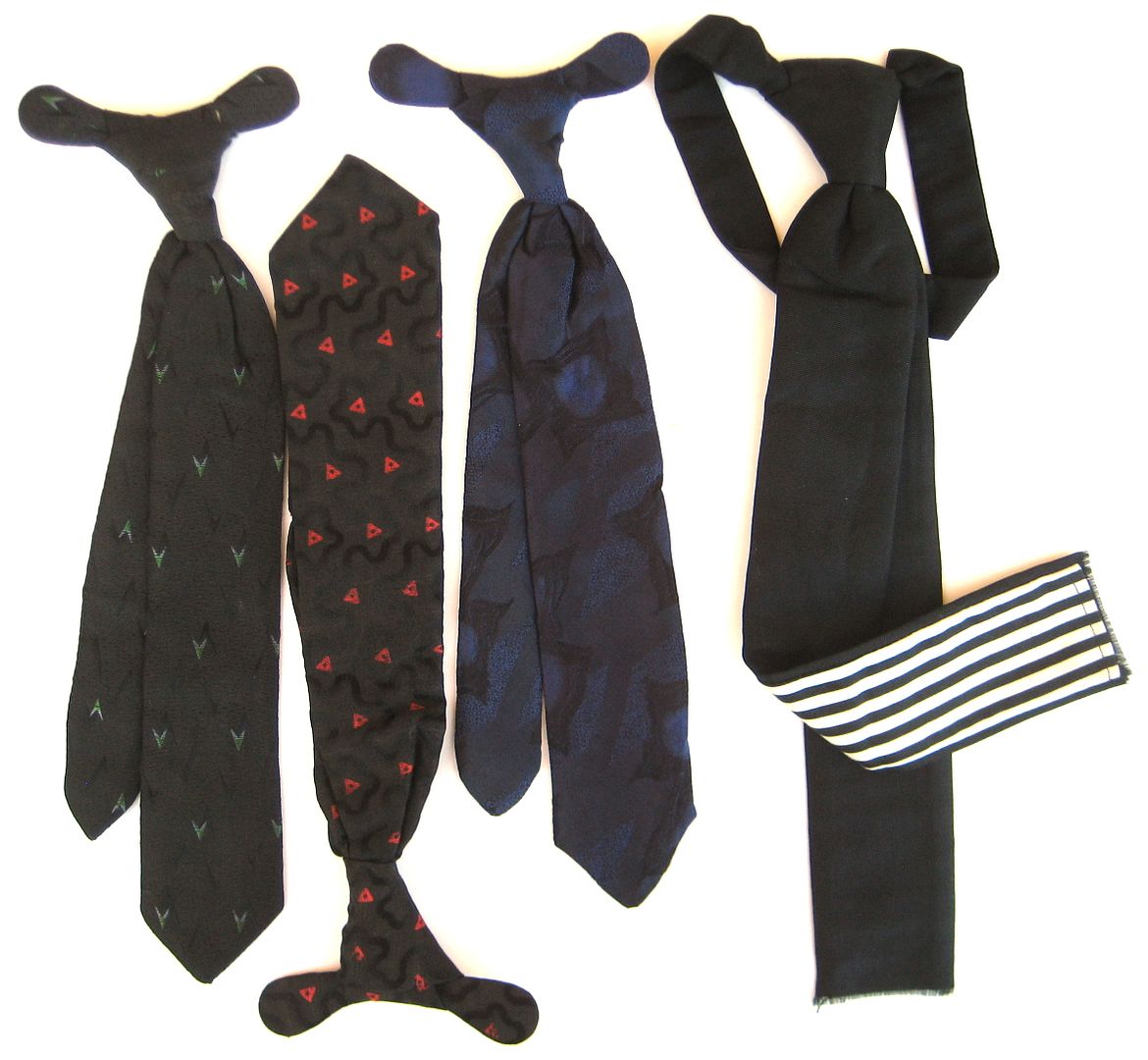
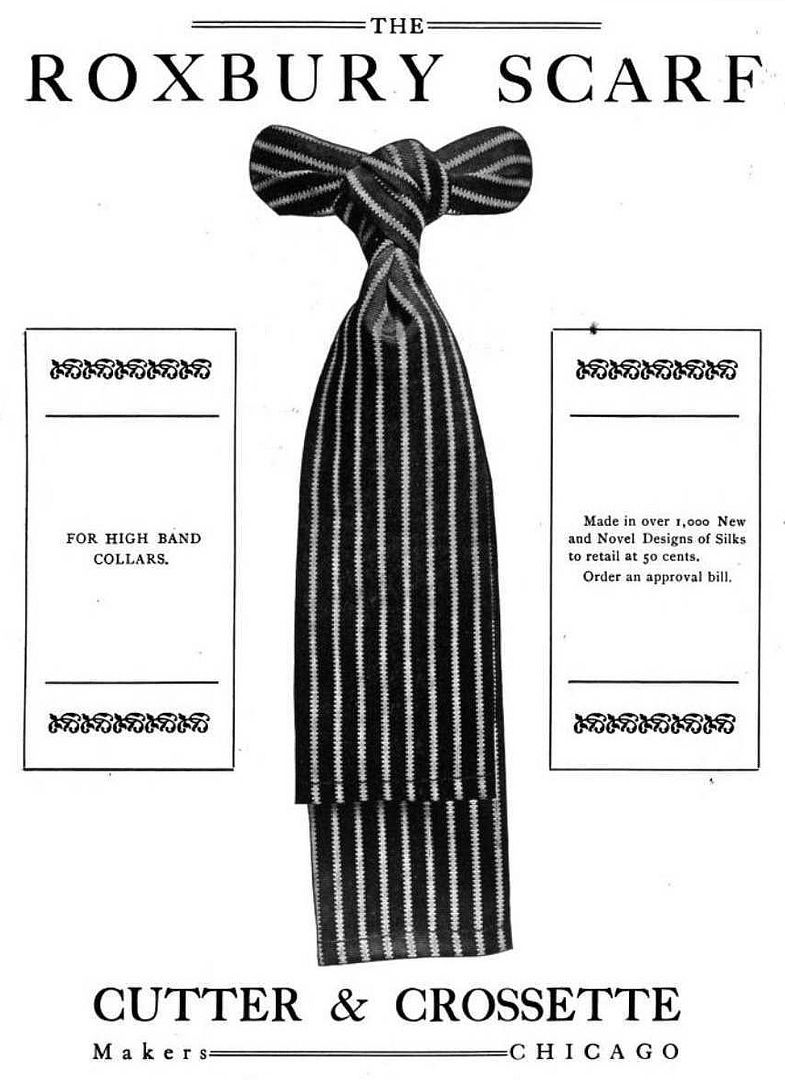
You mean you haven't read my article in The Chap? How dare you!
You'll see most 30s ties made of 2 or sometimes 3 panels, cut on the bias. About 2/3 of the way from the fat end, on the rear, you'll see a diagonal seam where the panels are attached. This is the fundamental basis of the patent (astonishingly). It was essentially a codification of many of the features of standard, though by no means universal, tie construction.